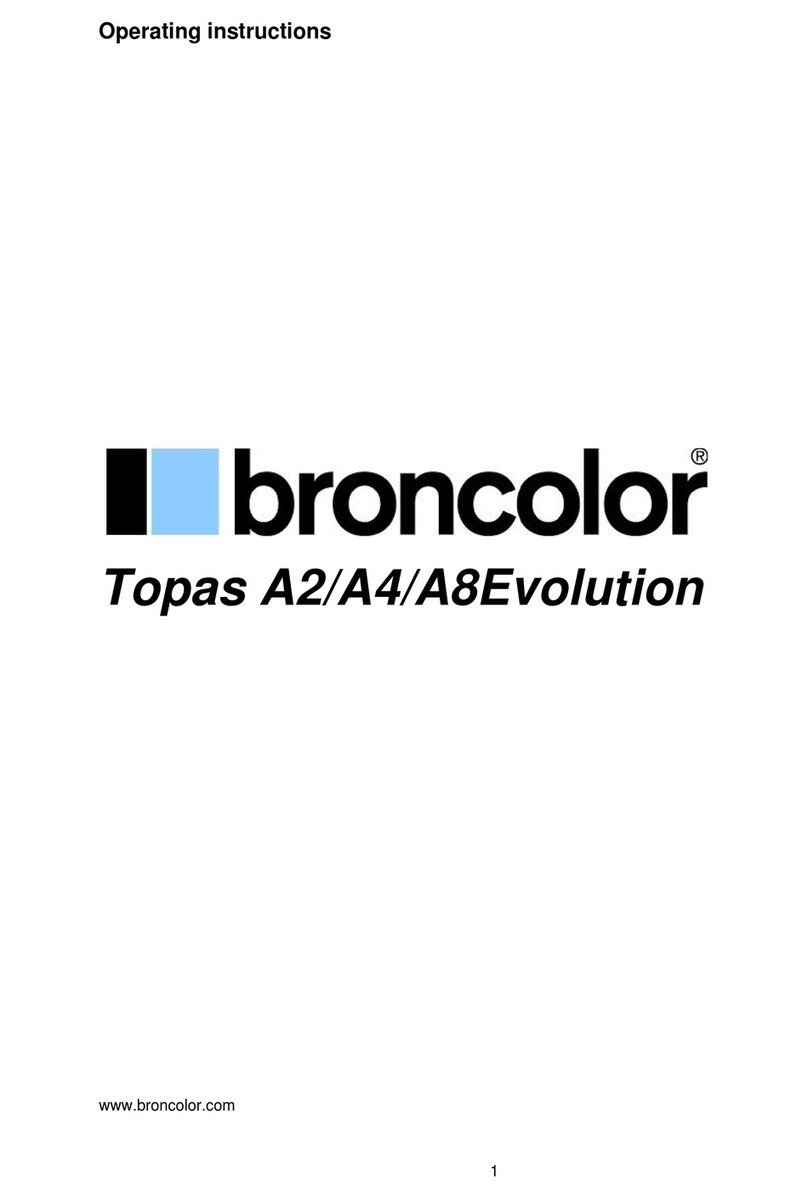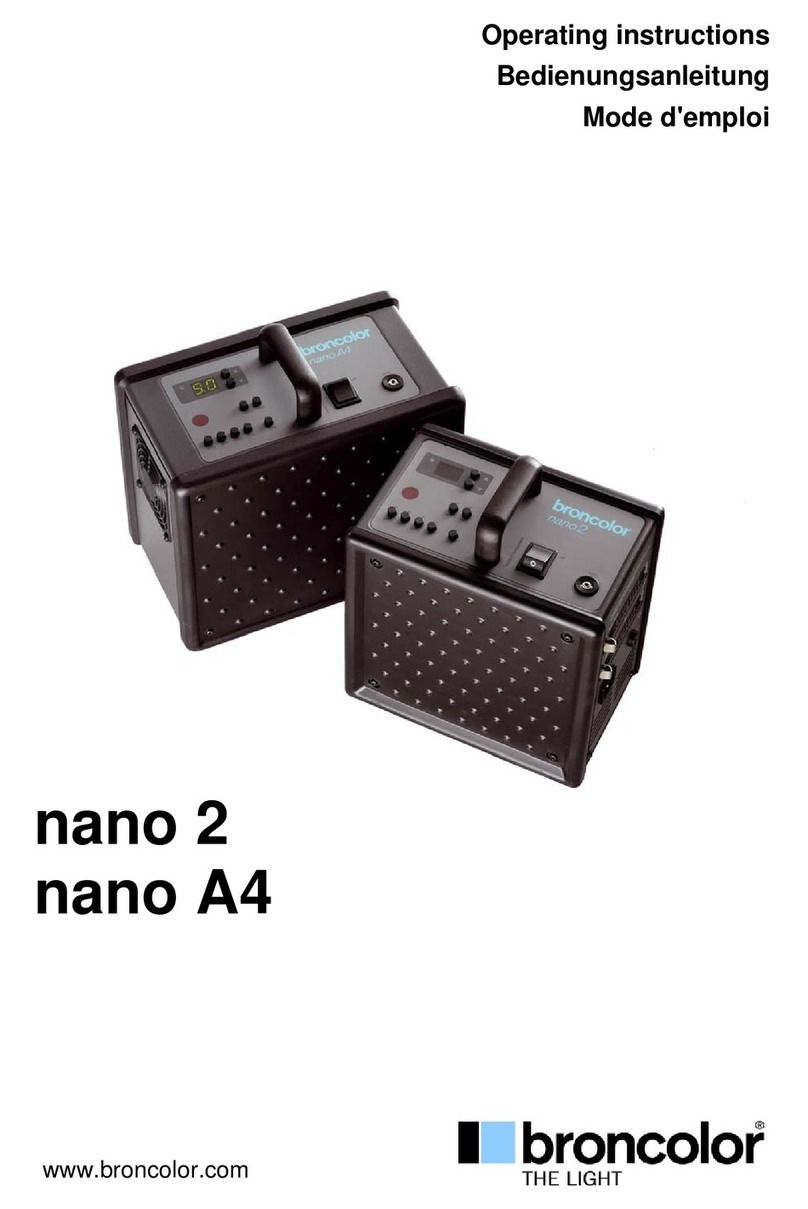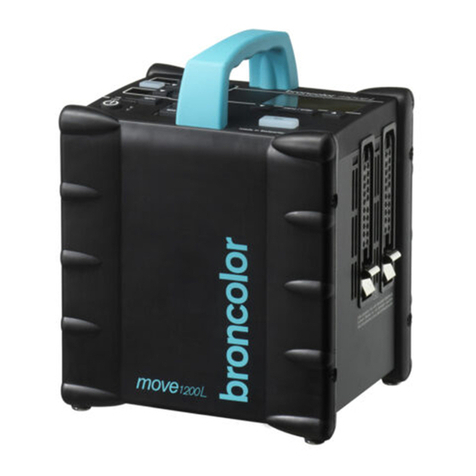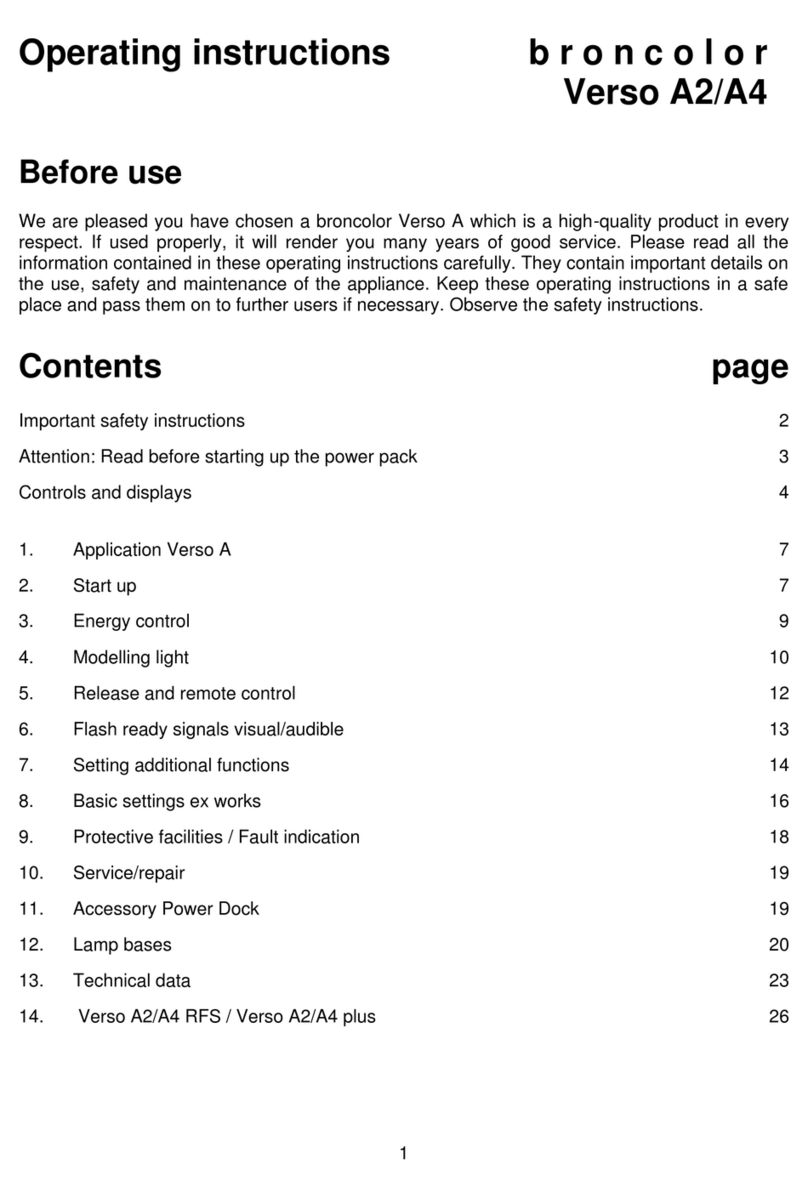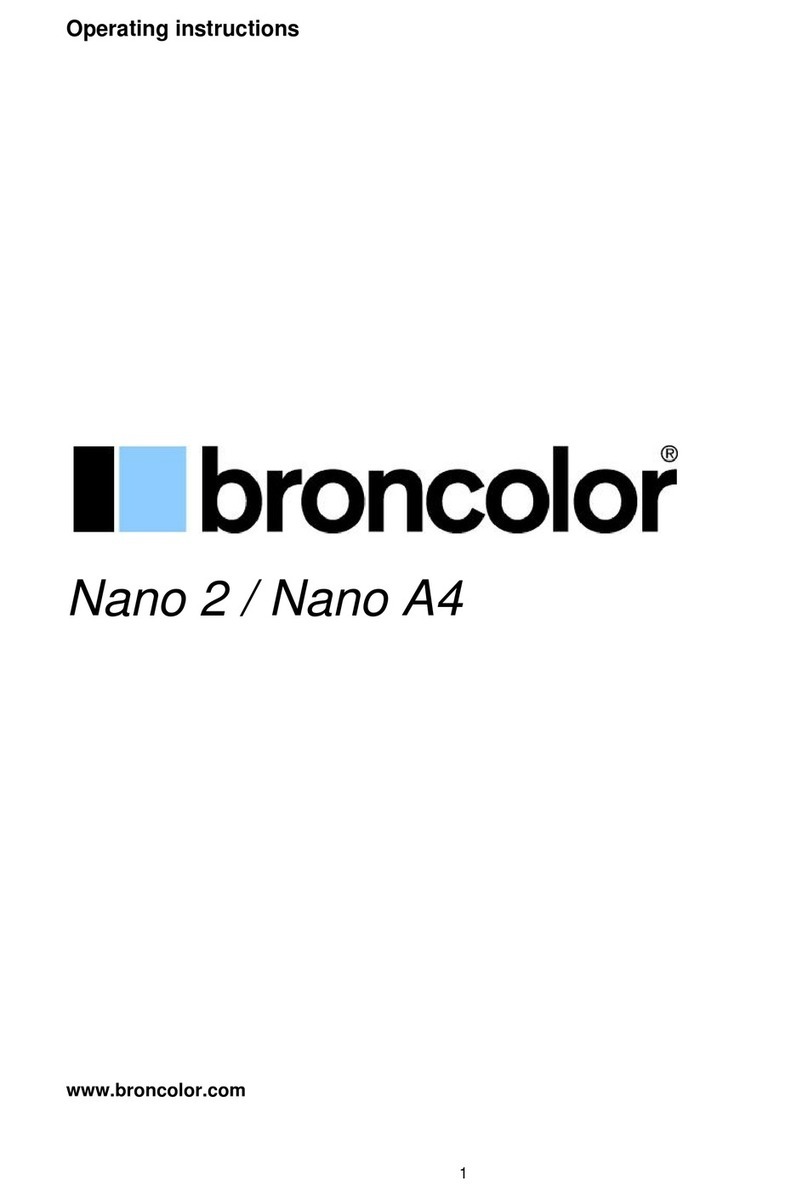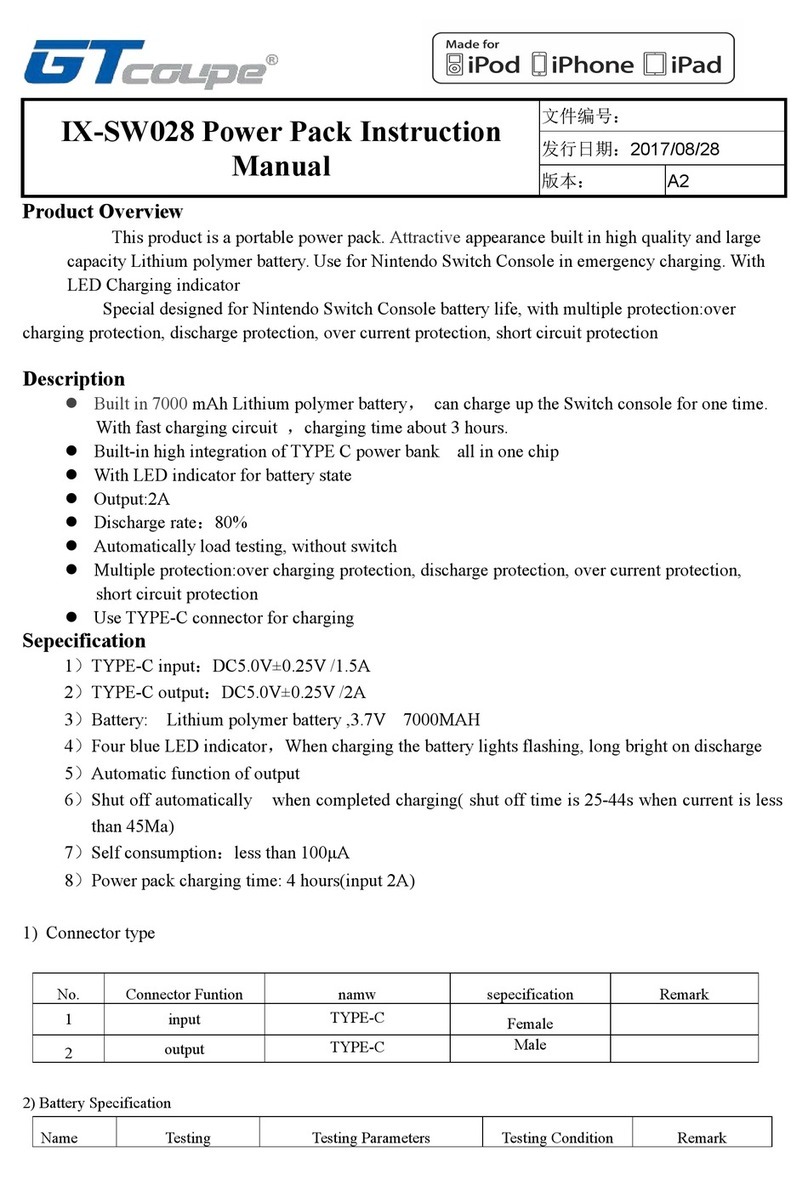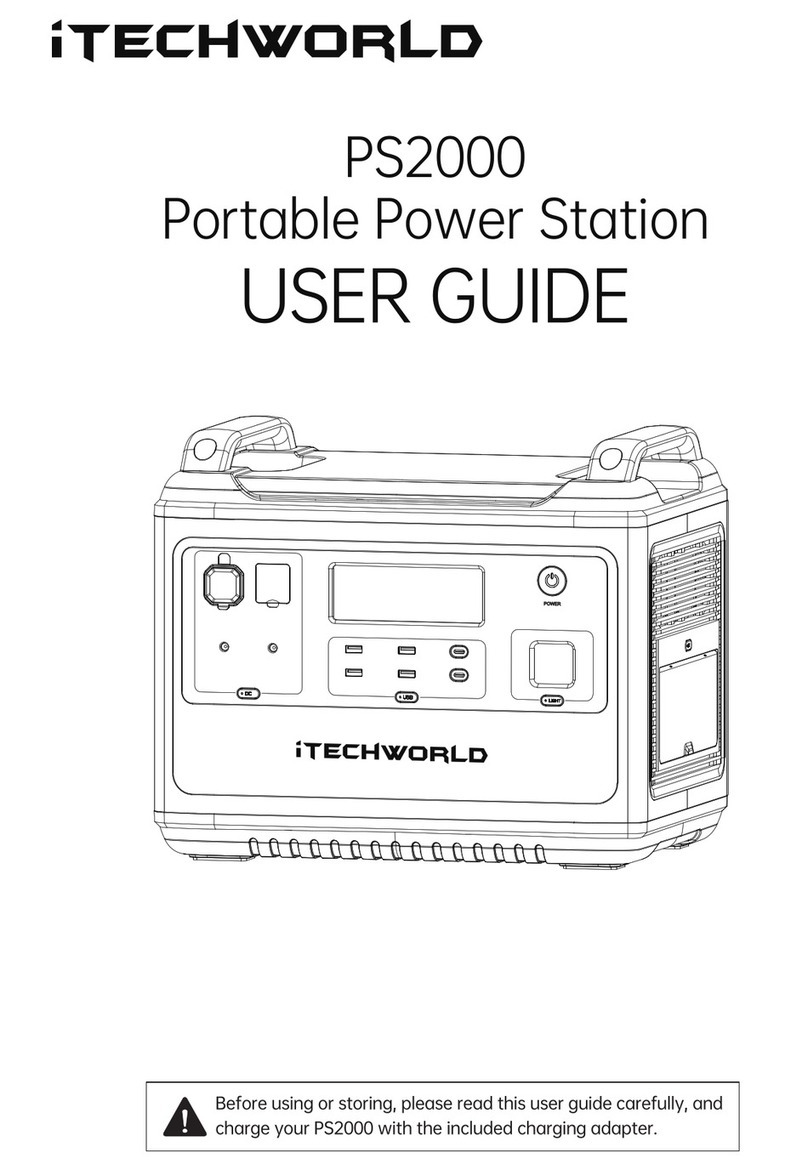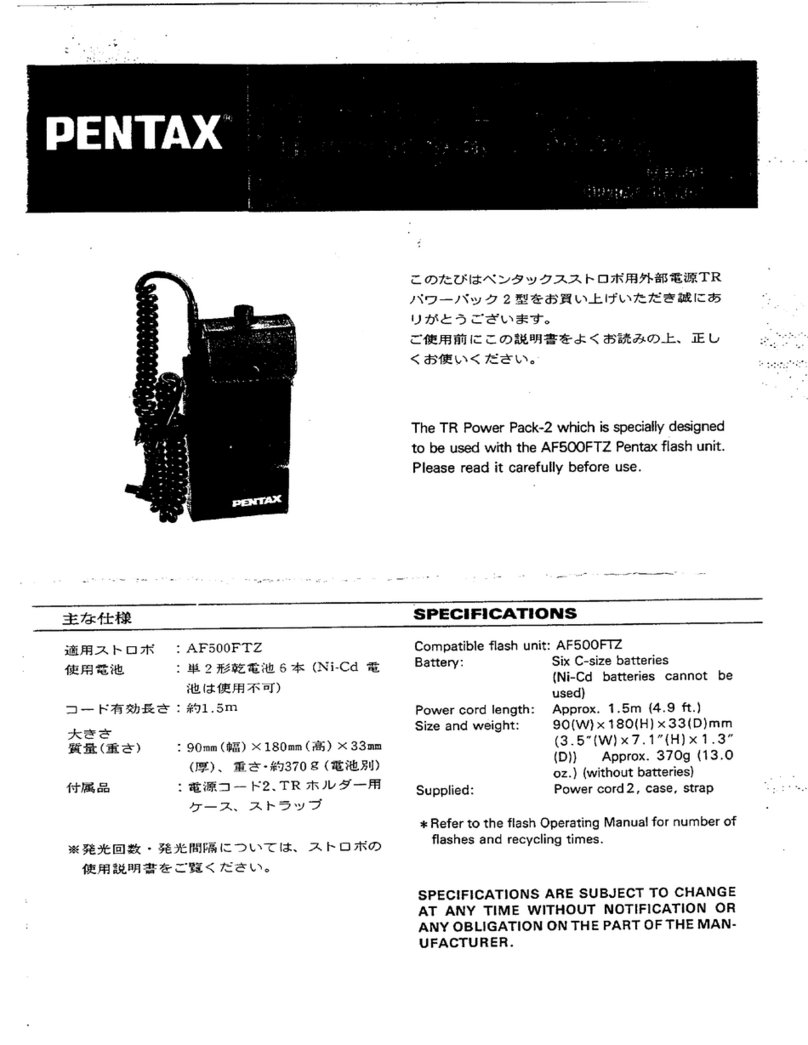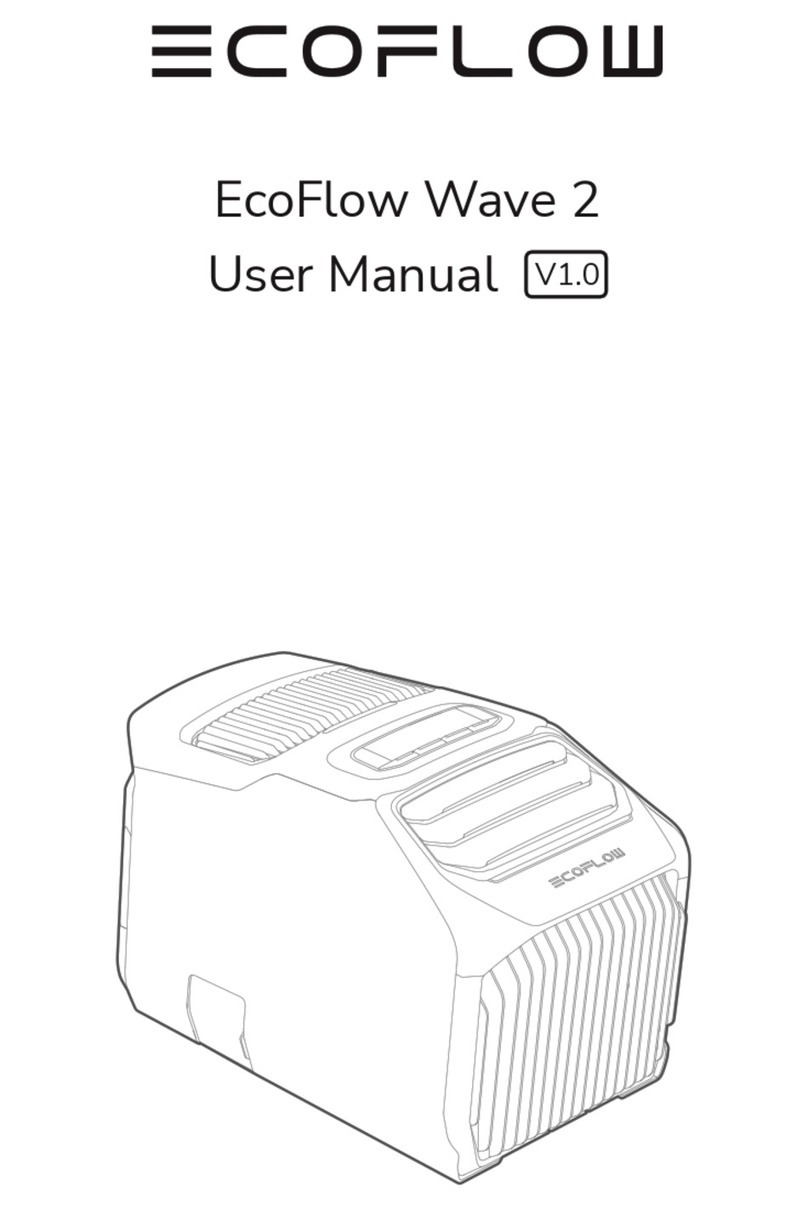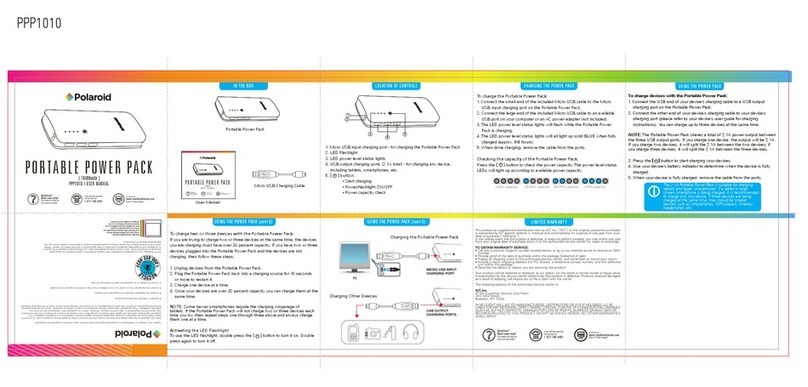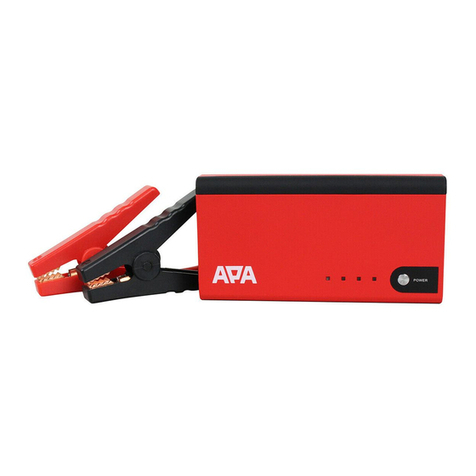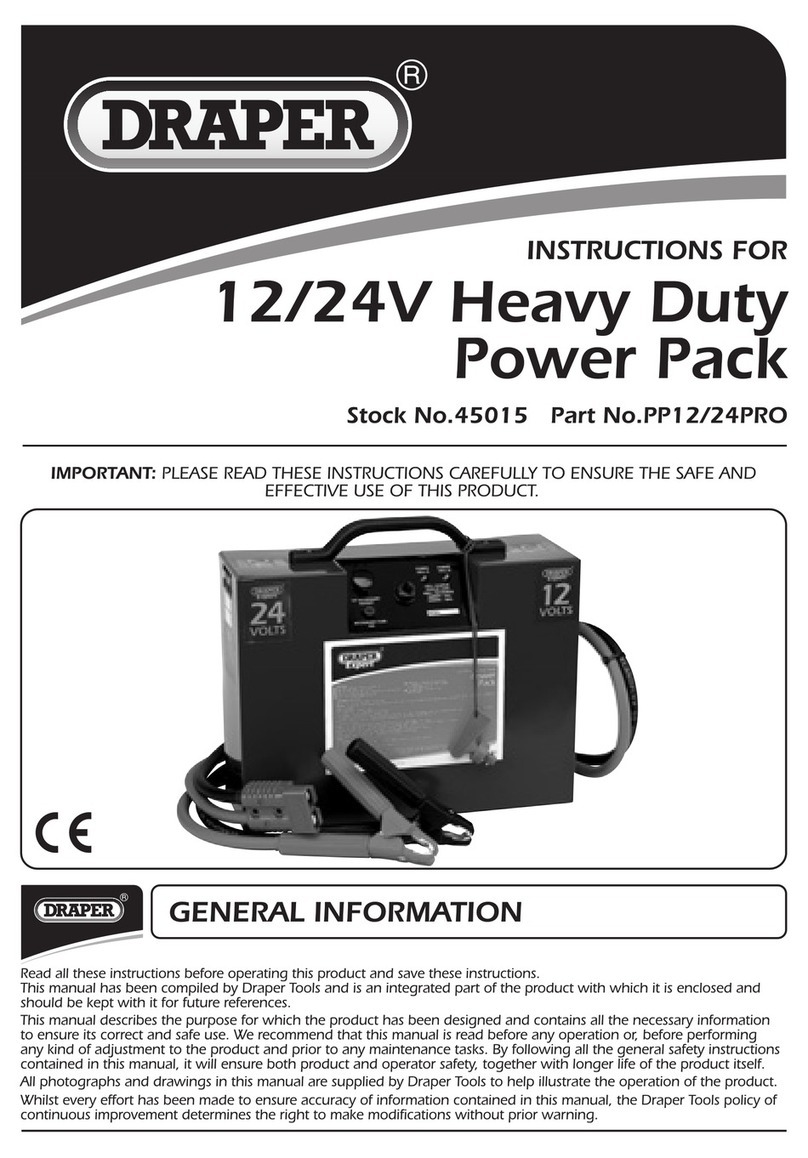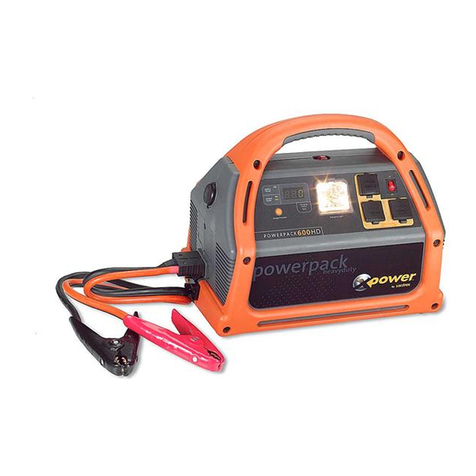3
• To avoid the risk of fire, electric shock or injury to persons utilise exclusively the
accessory recommended by the manufacturer!
• Check that the mains voltage corresponds to the information on the type plate of the
unit!
• The flash light equipment is designed for use in dry conditions and in an ambient
temperature from 0°C to 35°C! The flash light equipment has to be protected from
wetness, condensation, from dripping and splash water, humidity, dirt, sand,
metal chips and exposure to dust!
• Protect the flash light equipment from electromagnetic fields, shock and vibration!
• Protect the flash light equipment from heat and frost! If the power pack freezes
continuous loss of power output and serious technical damage can result!
• Sudden temperature differences can cause condensation water in the unit! In such
situations the equipment must stay for 1 hour in a well ventilated place to acclimatise
to the new temperature before start up!
• Do not operate the units in an environment where there is a risk of explosion!
• The power pack should not be operated in or near water!
Attention: high voltage!
• The power pack and the lamps should not be immersed in water or other liquids!
It could cause an electric shock!
• Remove the transport protection cap on the front side of the lamp before connecting
it to the power pack!
• For safety reasons, never operate the lamp base without the protecting glass in place!
UV-coated protecting glasses or UV-coated flash tubes must be utilised as a
protection against UV radiation for eyes and skin!
• Before operation the lamp has to be fastened on a stand or a suspension device!
The lamp must be locked by tightening the mounting screw!
• Only sand-filled fuses of the type indicated on the safety type plate may be used!
Sand-filled fuses can be identified by their opaque fuse body!
With incorrect fuse protection the halogen lamp may burst!
• Filters or diffusers should not be fastened directly on the flash tube, halogen
modelling lamp or protecting glass!
• Do not operate appliance with a damaged earthed cable. Cables which are damaged
or twisted must be replaced!
• The unit must only be connected to an earthed socket, or an emergency power
generator!
• If an extension cable is necessary, a cable with a current rating at least equal to that
of the appliance should be used. Cables rated for less amperage than the appliance
may overheat. When using a cable reel, it must be completely unrolled before use to
prevent overheating of the cable!
• The unit is suitable for operation with a motor generator provided that the voltage lies
within all the load conditions (including capacitive load) and within the tolerance limit
of 200-264 V respectively 95-135 V! From experience this means that only electronic
stabilised motor generators are to be utilised! When operating on unstabilised motor
